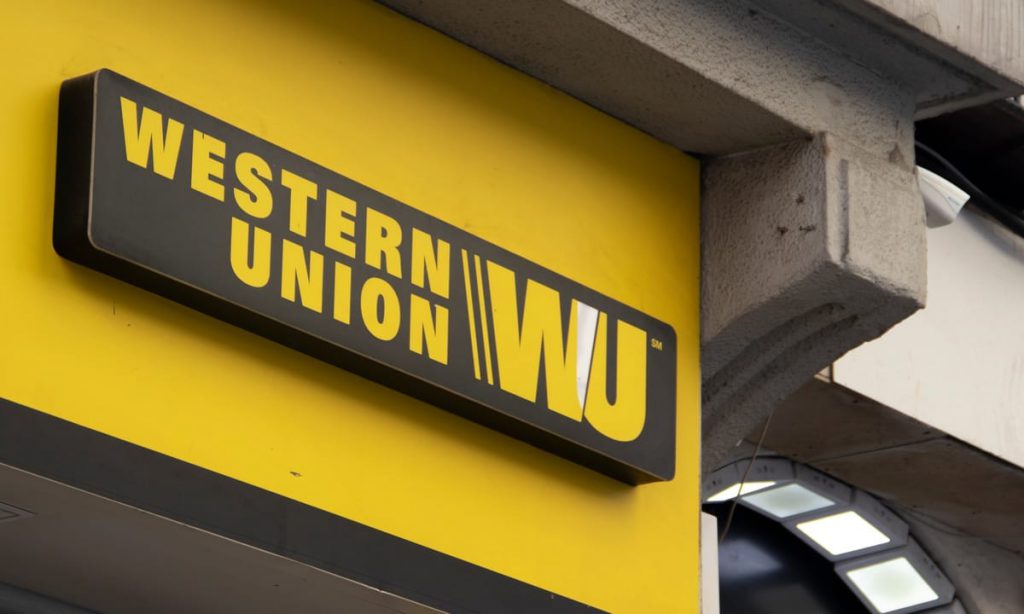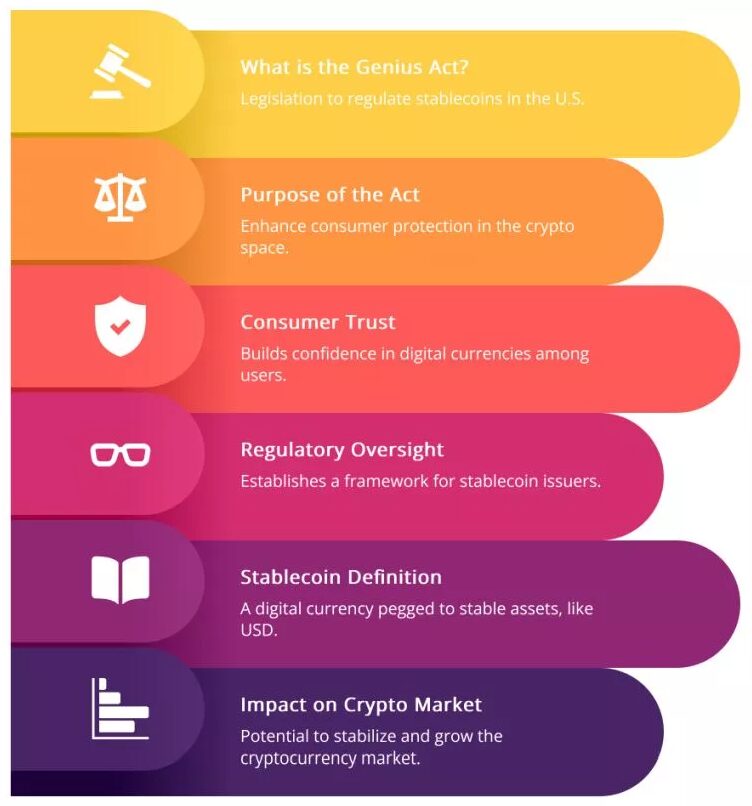Western Union’s stablecoin pilot is reshaping how the 173-year-old remittance giant processes cross-border payments. The company announced plans to test blockchain-based settlement during its Q3 2025 earnings call, marking its first major venture into cryptocurrency infrastructure. This Western Union stablecoin pilot aims to modernize operations in the $860 billion global remittance market through faster onchain settlement.
Western Union’s Stablecoin Pilot Reshapes Cross-Border Blockchain Remittances


Testing Blockchain Settlement Rails
The WU stablecoin pilot focuses on using digital currencies for backend operations. CEO Devin McGranahan confirmed the initiative targets internal settlement processes across the company’s network of 200 countries.
McGranahan stated:
“We see significant opportunities for us to be able to move money faster with greater transparency and at lower cost without compromising compliance or customer trust.”
The pilot leverages onchain settlement to reduce reliance on traditional correspondent banking systems. Right now, Western Union processes roughly 70 million money transfers each quarter, and remittance blockchain technology could significantly reduce operational costs.
Also Read: JPYC Unleashes Japan’s First Legal Yen Stablecoin on Public Blockchain
GENIUS Act Enables Adoption
Regulatory clarity from the GENIUS Act gave Western Union confidence to pursue its stablecoin pilot. McGranahan had this to say:
“With the passage of the GENIUS Act, we are now seeing potentially interesting opportunities to integrate digital assets into our business in ways that enhance efficiency, reduce friction and improve customer experience.”


The GENIUS Act requires stablecoin issuers to maintain 100% reserve backing. Senator Kirsten Gillibrand stated:
“The GENIUS Act will protect consumers, enable responsible innovation, and safeguard the dominance of the U.S. dollar.”
Competing in Cross-Border Payments
The WU stablecoin pilot comes as competitors embrace digital assets. MoneyGram launched a USDC-powered app in Colombia for cross-border payments using onchain settlement.
McGranahan views this as an opportunity:
“Last I checked, you couldn’t spend stablecoin if you wanted to buy a Coca Cola, so converting stablecoins into fiat currencies, particularly in harder to convert currencies, is an opportunity for us.”
Also Read: EU Blocks Ruble-Backed A7A5 Stablecoin Tied to Sanctioned Russian Bank
The company plans to share additional details about its remittance blockchain strategy at its Investor Day on November 6.





